2010 Mazda 5 Brake Rotors and Pads
Click here to search another vehicle
All Rotors:
OEM x
Coated x
Drilled, Slotted and Coated x
Front x
Rear x
All Pads:
Ceramic x
Semi-metallic x
Front x
Rear x
Found 16 record
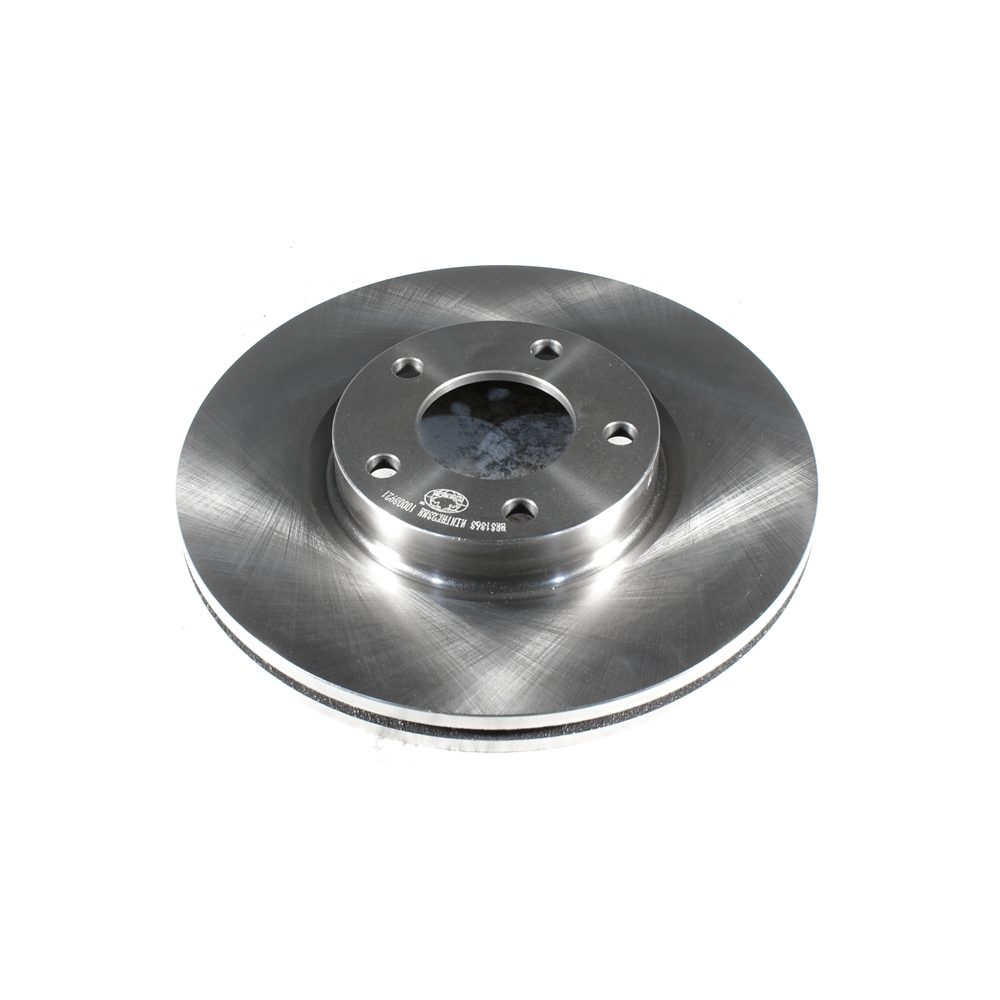
Part No: BR31363
Raybestos: 980283
OE: BP6Y3325XD
Raybestos: 980283
OE: BP6Y3325XD
$45.92 each
Per Car QTY: 2
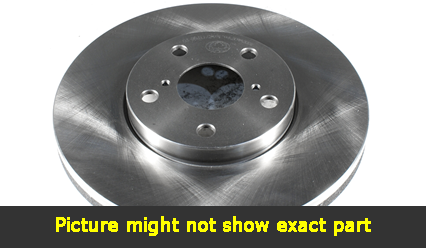
Part No: BR31435
Raybestos: 980472
OE: C23Y26251A
Raybestos: 980472
OE: C23Y26251A
$29.18 each
Per Car QTY: 2
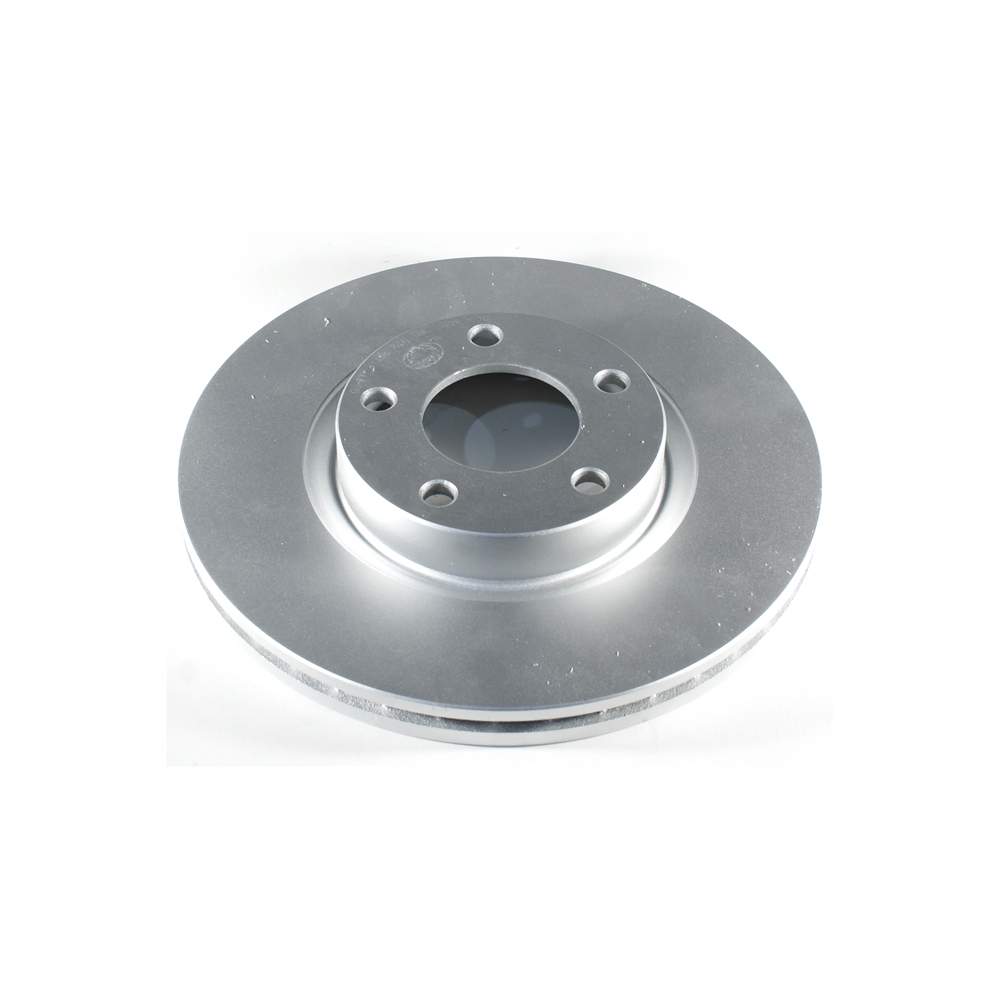
Part No: PP31363
Raybestos: 980283
OE: BP6Y3325XD
Raybestos: 980283
OE: BP6Y3325XD
$56.9 each
Per Car QTY: 2
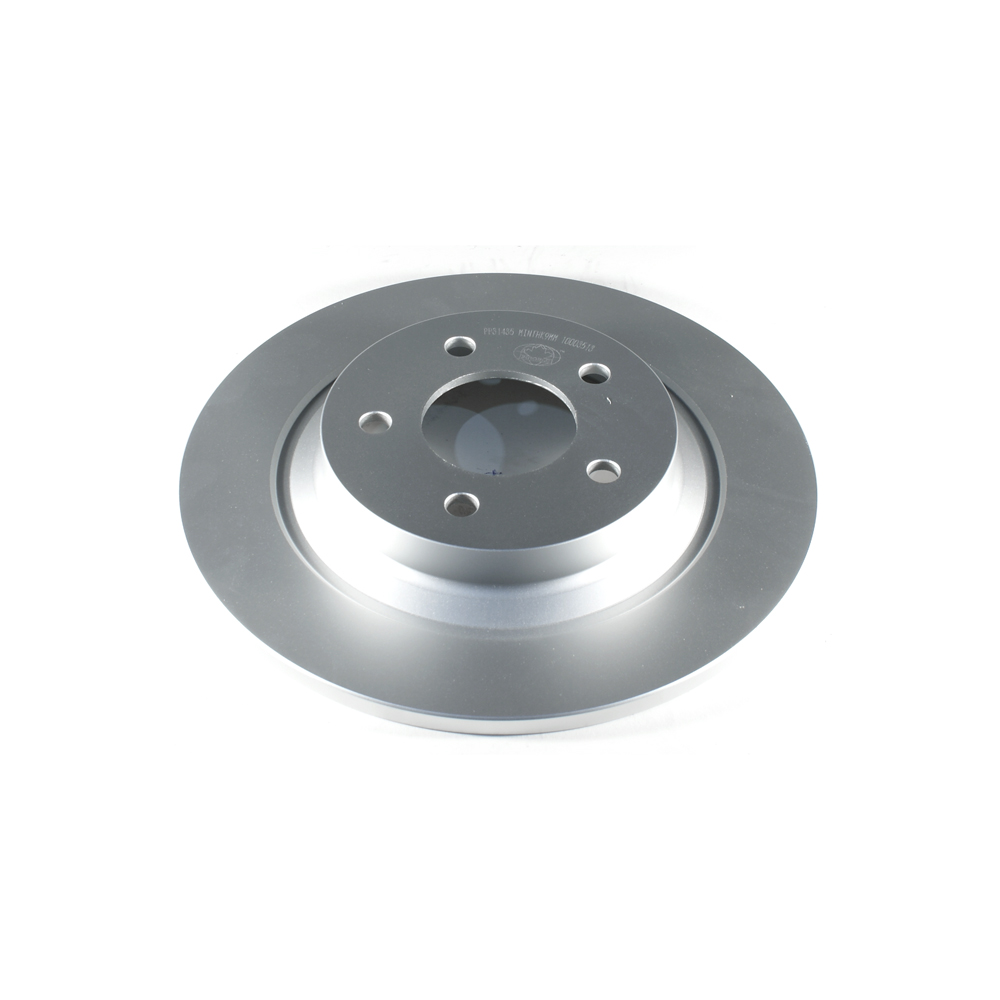
Part No: PP31435
Raybestos: 980472
OE: C23Y26251A
Raybestos: 980472
OE: C23Y26251A
$39.22 each
Per Car QTY: 2
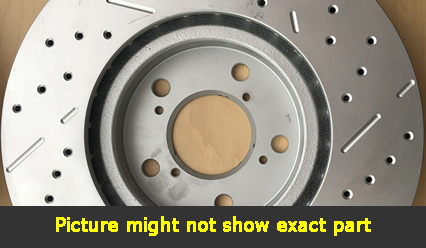
Part No: SP31363L
Raybestos: 980283
OE: BP6Y3325XD
Raybestos: 980283
OE: BP6Y3325XD
$89.3 each
Per Car QTY: 1
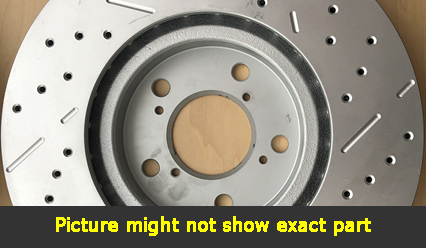
Part No: SP31363R
Raybestos: 980283
OE: BP6Y3325XD
Raybestos: 980283
OE: BP6Y3325XD
$89.3 each
Per Car QTY: 1
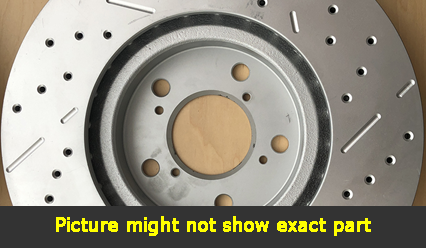
Part No: SP31435L
Raybestos: 980472
OE: C23Y26251A
Raybestos: 980472
OE: C23Y26251A
$71.62 each
Per Car QTY: 1

Part No: SP31435R
Raybestos: 980472
OE: C23Y26251A
Raybestos: 980472
OE: C23Y26251A
$71.62 each
Per Car QTY: 1
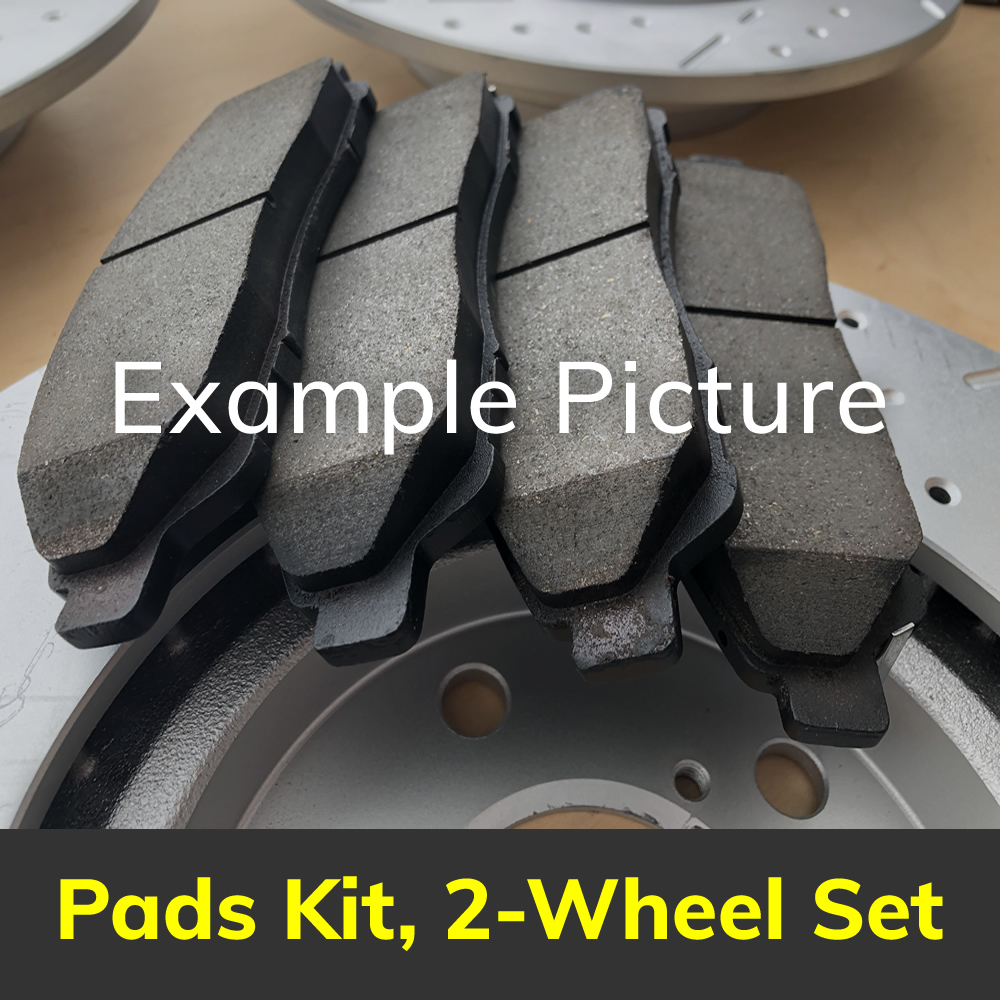
Part No: PD1044C
Raybestos: 1044
OE:
Raybestos: 1044
OE:
$36.81 each
Per Car QTY: 1
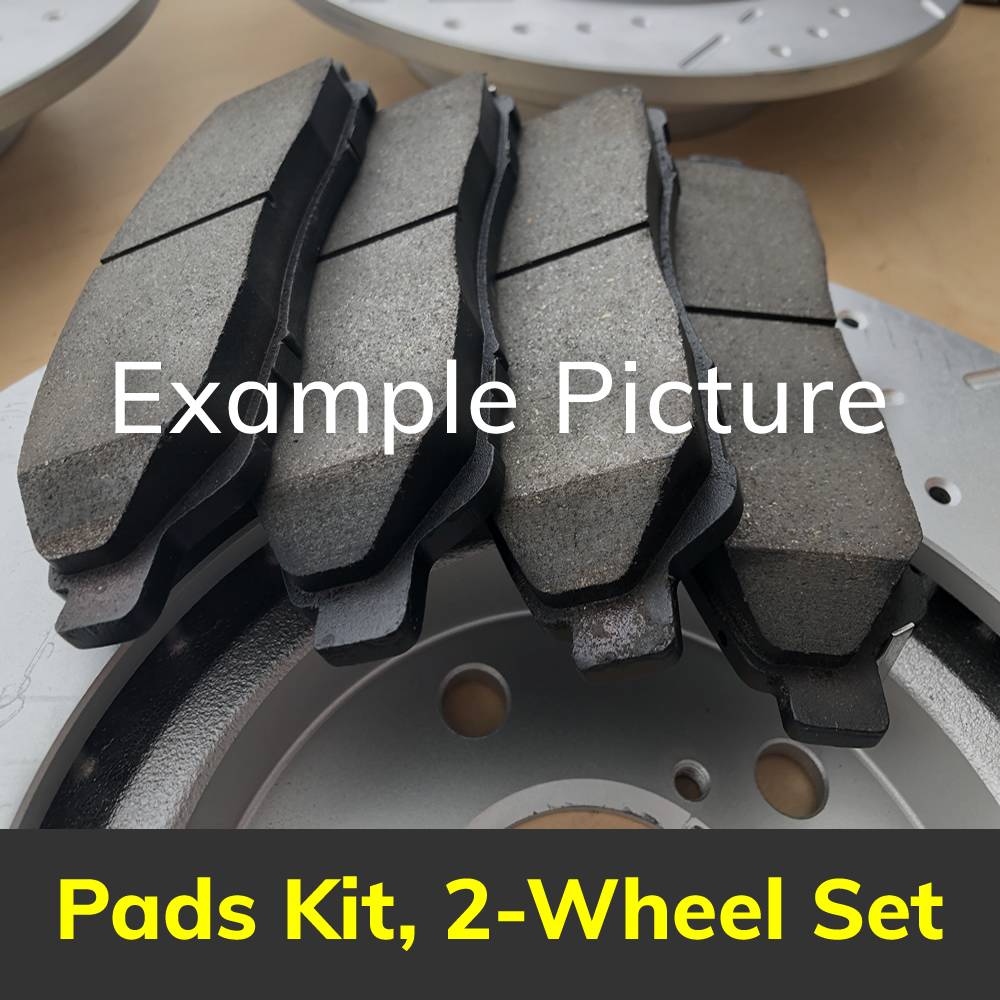
Part No: PD1044E
Raybestos: 1044
OE:
Raybestos: 1044
OE:
$43.09 each
Per Car QTY: 1
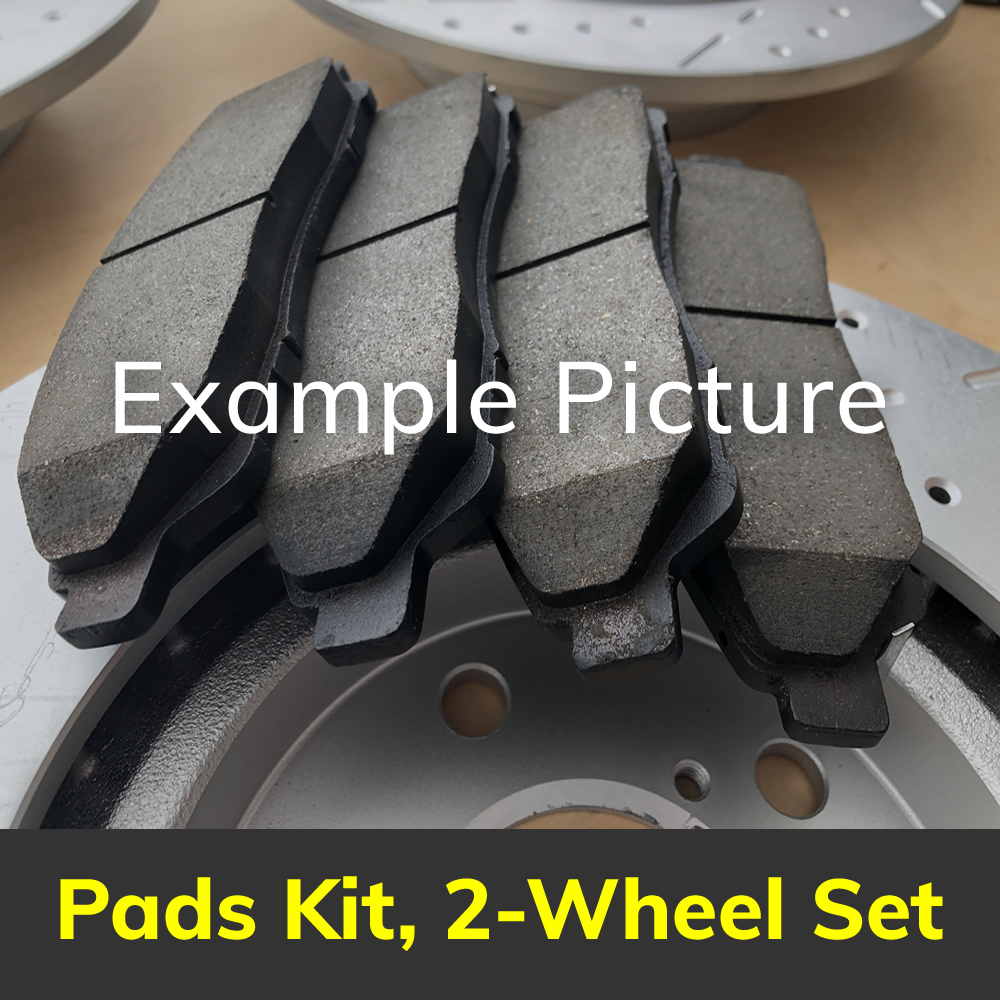
Part No: PD1095C
Raybestos: 1095
OE:
Raybestos: 1095
OE:
$31.36 each
Per Car QTY: 1
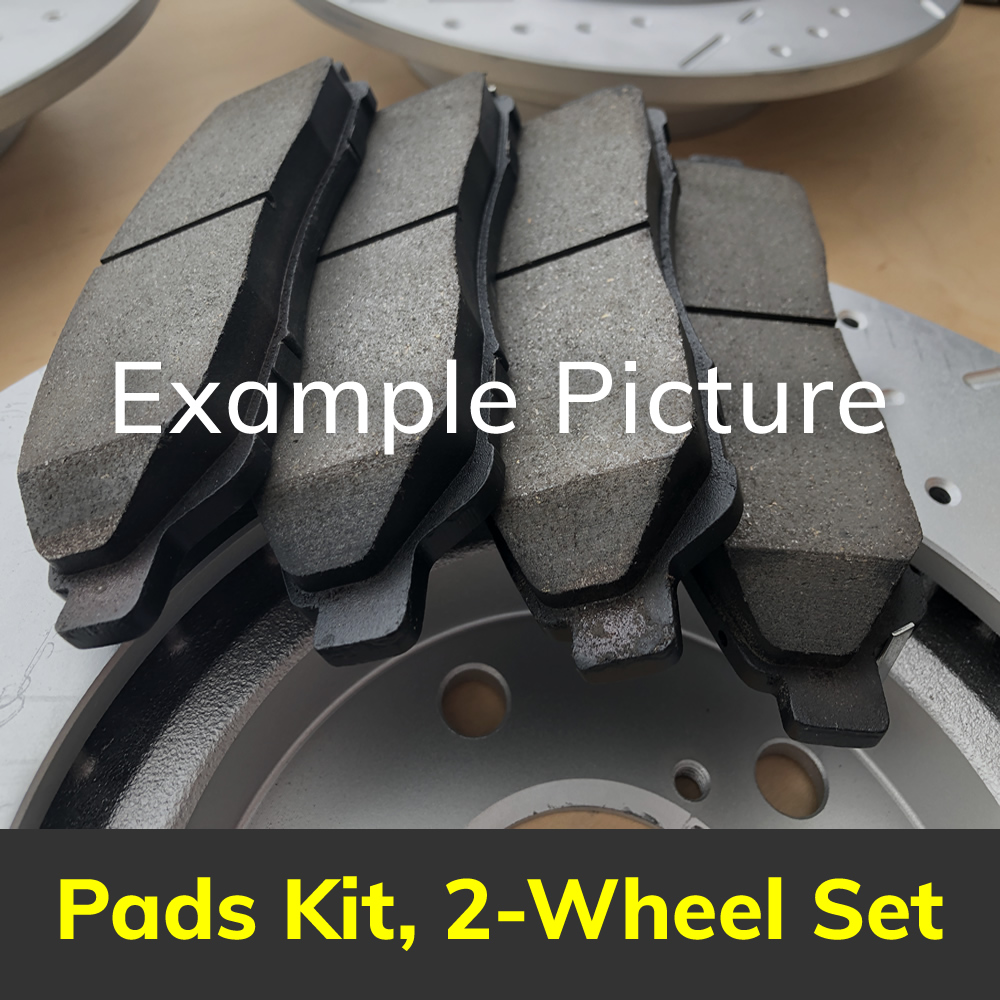
Part No: PD1095E
Raybestos: 1095
OE:
Raybestos: 1095
OE:
$36.76 each
Per Car QTY: 1
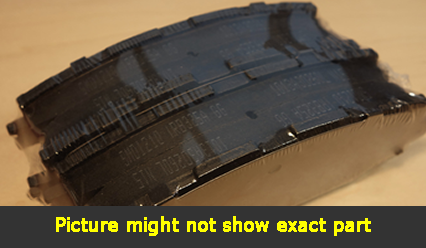
Part No: SMD1044
Raybestos:
OE:
Raybestos:
OE:
$27.13 each
Per Car QTY: 1
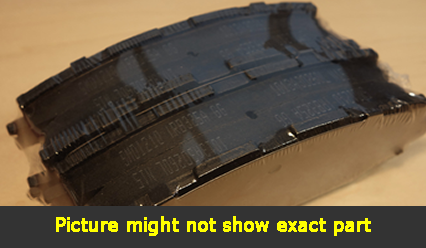
Part No: SMD1095
Raybestos:
OE:
Raybestos:
OE:
$24.23 each
Per Car QTY: 1
When it comes to your vehicle's safety, one of the most important components to consider is the braking system. Ensuring that your car has high-quality brakes is essential for everyone's safety on the road. If you own a 2010 Mazda 5 and are in need of new brakes, it's crucial to understand the rules for choosing the right ones. Here are some essential factors to consider when selecting brakes for your car.
1. Compatibility: Before making any purchase, ensure that the brakes you select are compatible with your 2010 Mazda 5. Brakes are not a one-size-fits-all component, and different models and makes may have specific requirements. Consulting the vehicle owner’s manual or reaching out to a trusted mechanic can help you determine the right brakes for your car.
2. Brake Types: Brakes come in different types, and each offers different benefits and performance characteristics. The two most common types are disc brakes and drum brakes. Disc brakes are more popular due to their ability to provide rapid braking during emergency situations. While drum brakes are typically used on the rear wheels, they are known for their durability and longevity. Consider your driving style and needs when choosing the type of brakes for your Mazda 5.
3. Material and Construction: The material composition of the brake pads and rotors can heavily influence their performance and longevity. Brake pads are commonly made from organic, semi-metallic, or ceramic materials. Organic pads offer quiet operation and low dust but have a shorter lifespan. Semi-metallic pads provide improved performance and durability but are noisier and produce more dust. Ceramic pads are known for being quieter, cleaner, and gentle on rotors but may come at a higher cost. Consider the pros and cons of each material to find the right balance for your driving needs.
4. Driving Style and Conditions: Your driving style and typical driving conditions should also influence your choice of brakes. For instance, if you engage in more aggressive driving or frequently navigate hilly terrains, you may want to opt for brakes that can handle the extra heat generated during intense braking. Conversely, if you mostly drive in urban areas with less demanding conditions, standard or economy-grade brakes may suffice.
5. Brand and Quality: It is always advisable to choose well-known and reputable brands for your car's braking system. Opting for quality brands ensures that you are getting reliable, high-performance brakes that adhere to safety standards. While there may be cheaper alternatives available, compromising on brakes can have severe consequences. It is worth spending a little extra to ensure the safety of you and your passengers.
6. Professional Installation: Lastly, it is vital to have your brakes professionally installed. Unless you are a skilled mechanic, it's best to leave the installation to experts who have the necessary tools and experience. Incorrectly installed brakes can lead to brake failure or poor performance, jeopardizing your safety and that of others on the road.
In conclusion, when selecting brakes for your 2010 Mazda 5, it is important to prioritize compatibility, consider brake types, evaluate material and construction, assess driving style and conditions, choose reputable brands, and ensure professional installation. By adhering to these rules, you can ensure the safety and performance of your vehicle's braking system, providing peace of mind for your daily commute and any adventure on the road.
1. Compatibility: Before making any purchase, ensure that the brakes you select are compatible with your 2010 Mazda 5. Brakes are not a one-size-fits-all component, and different models and makes may have specific requirements. Consulting the vehicle owner’s manual or reaching out to a trusted mechanic can help you determine the right brakes for your car.
2. Brake Types: Brakes come in different types, and each offers different benefits and performance characteristics. The two most common types are disc brakes and drum brakes. Disc brakes are more popular due to their ability to provide rapid braking during emergency situations. While drum brakes are typically used on the rear wheels, they are known for their durability and longevity. Consider your driving style and needs when choosing the type of brakes for your Mazda 5.
3. Material and Construction: The material composition of the brake pads and rotors can heavily influence their performance and longevity. Brake pads are commonly made from organic, semi-metallic, or ceramic materials. Organic pads offer quiet operation and low dust but have a shorter lifespan. Semi-metallic pads provide improved performance and durability but are noisier and produce more dust. Ceramic pads are known for being quieter, cleaner, and gentle on rotors but may come at a higher cost. Consider the pros and cons of each material to find the right balance for your driving needs.
4. Driving Style and Conditions: Your driving style and typical driving conditions should also influence your choice of brakes. For instance, if you engage in more aggressive driving or frequently navigate hilly terrains, you may want to opt for brakes that can handle the extra heat generated during intense braking. Conversely, if you mostly drive in urban areas with less demanding conditions, standard or economy-grade brakes may suffice.
5. Brand and Quality: It is always advisable to choose well-known and reputable brands for your car's braking system. Opting for quality brands ensures that you are getting reliable, high-performance brakes that adhere to safety standards. While there may be cheaper alternatives available, compromising on brakes can have severe consequences. It is worth spending a little extra to ensure the safety of you and your passengers.
6. Professional Installation: Lastly, it is vital to have your brakes professionally installed. Unless you are a skilled mechanic, it's best to leave the installation to experts who have the necessary tools and experience. Incorrectly installed brakes can lead to brake failure or poor performance, jeopardizing your safety and that of others on the road.
In conclusion, when selecting brakes for your 2010 Mazda 5, it is important to prioritize compatibility, consider brake types, evaluate material and construction, assess driving style and conditions, choose reputable brands, and ensure professional installation. By adhering to these rules, you can ensure the safety and performance of your vehicle's braking system, providing peace of mind for your daily commute and any adventure on the road.




